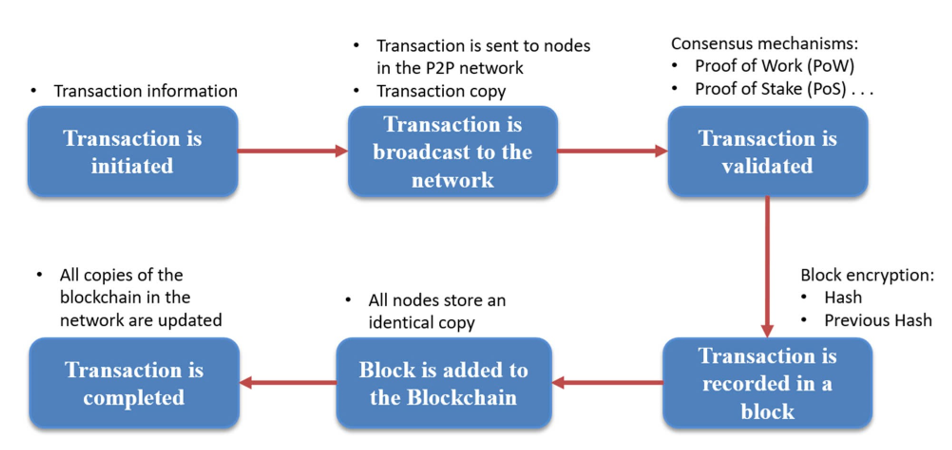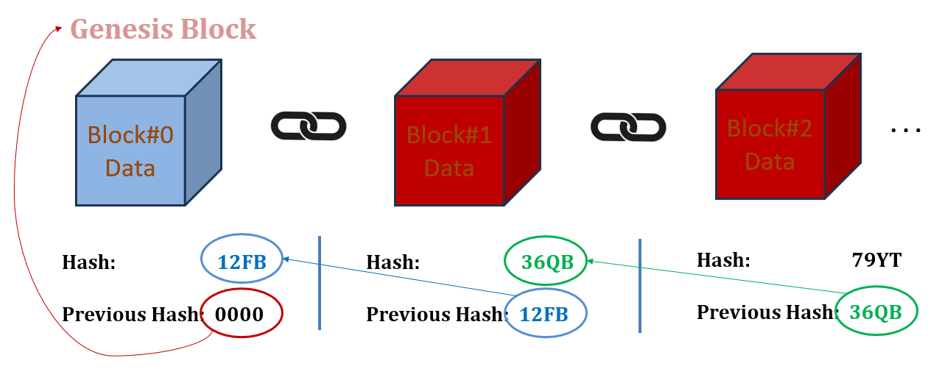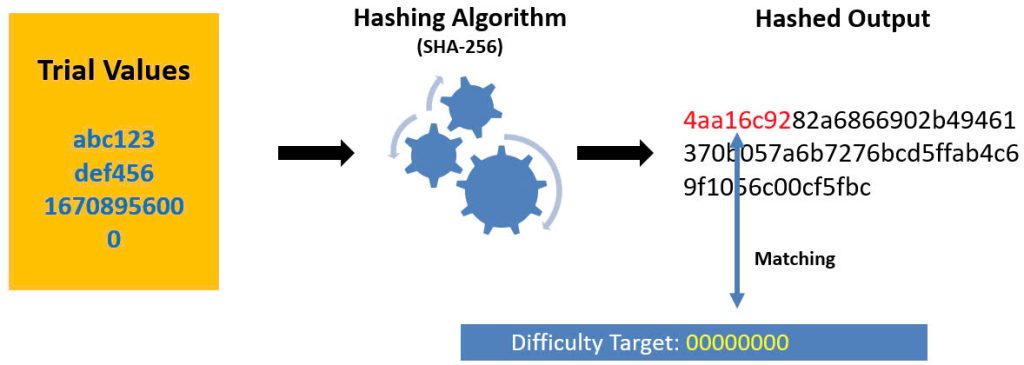BLOCKCHAIN AND CRYPTOCURRENCY
Introduction
Blockchain and cryptocurrency are two concepts that have garnered significant attention in recent years. Both have the potential to revolutionize the global economy, impacting industries from finance and banking to various real-life applications. Blockchain serves as the foundational technology behind cryptocurrency, enabling transactions to be conducted transparently and securely without the need for intermediaries. Cryptocurrencies, such as Bitcoin and Ethereum, are gradually becoming an integral part of global financial transactions.
The history of blockchain dates back to 1991 when Stuart Haber and W. Scott Stornetta proposed a security system to ensure the integrity of digital documents. However, blockchain truly became a global phenomenon when Bitcoin was introduced in 2009. Bitcoin was created by an individual or a group under the pseudonym Satoshi Nakamoto, with the aim of developing a decentralized digital currency that is not controlled by any organization or government. Bitcoin has ushered in a new era where currencies and financial transactions can take place directly between individuals without intermediaries.
How Blockchain Works
Blockchain operates (Figure 1) based on a decentralized mechanism in which data is stored across multiple nodes within a network. Each transaction is verified by network nodes using consensus algorithms such as Proof of Work (PoW) or Proof of Stake (PoS) before being recorded into a block. Once a block is completed, it is linked to previous blocks through a cryptographic hash function (Figure 2), forming an immutable and publicly accessible blockchain. This ensures the security and transparency of all transactions. Key features of blockchain include:
- Decentralization: No central authority controls the entire system.
- Transparency: All transactions can be verified on a public ledger.
- Immutability: Once data is recorded on the blockchain, it cannot be altered.
- Security: Cryptographic algorithms ensure data and transaction safety against unauthorized modifications.

Figure 1. Blockchain Operation Model Diagram

Figure 2. Blockchain Blocks Linked by Hash Function
Types of Cryptocurrencies
Cryptocurrencies, or digital currencies (Figure 3), are issued and managed through blockchain technology. Some of the most popular cryptocurrencies today include:
- Bitcoin (BTC): The first and most well-known cryptocurrency, widely used as both a payment method and an investment asset.
- Ethereum (ETH): In addition to being a cryptocurrency, Ethereum provides a platform for smart contracts and decentralized applications (DApps).
- Ripple (XRP): Primarily used for international transactions, Ripple stands out with its fast transaction speeds and low costs.
- Litecoin (LTC): Developed based on Bitcoin, Litecoin enhances transaction confirmation times and encryption algorithms.
- Stablecoins: Cryptocurrencies with stable values, typically pegged to traditional assets such as the USD, to minimize price volatility.

Figure 3. Potential Cryptocurrencies in the Future (Source: Internet)
Cryptocurrency Transactions and Mining
- Cryptocurrency Transactions: A cryptocurrency transaction involves transferring digital assets from one party to another via blockchain. Transactions are verified and recorded in blocks, ensuring transparency and security. To execute a transaction, users need a digital wallet to store and manage their cryptocurrencies.
- Cryptocurrency Mining: Mining is the process of verifying transactions and generating new coins by solving complex mathematical problems. This process is essential to blockchain networks, particularly for cryptocurrencies like Bitcoin (Figure 4). Mining requires significant computational power and energy but helps maintain network security and decentralization.

Figure 4. Bitcoin Mining Algorithm
Future Development Trends
Blockchain and cryptocurrency are entering a period of rapid development. Key future trends include:
- Increased global adoption: Countries and financial institutions will gradually accept and integrate blockchain and cryptocurrencies with clearer regulations and policies.
- Applications beyond finance: Blockchain’s potential extends beyond finance, with applications in healthcare, supply chain management, and data security.
- Central Bank Digital Currencies (CBDCs): Central banks will issue government-backed digital currencies, creating a new monetary system in the digital era.
- Improvements in functionality and efficiency: Blockchain projects will continue evolving to enhance scalability, transaction speeds, and environmental sustainability.
Conclusion
Blockchain and cryptocurrency are transforming how we perceive money and financial transactions. While challenges remain in legal frameworks, security, and environmental impact, the technology demonstrates immense potential for improving transaction efficiency and security. With continuous technological advancements, the future of blockchain and cryptocurrency promises significant progress in the global economy.
New: FitVAA-HTS

Vietnam Aviation Academy compiled national standards on ground radio navigation aid systems


VIETNAM AVIATION ACADEMY HAS SIGNED A COOPERATION AGREEMENT WITH CIVIL AVIATION FLIGHT UNIVERSITY OF CHINA


VIETNAM AVIATION ACADEMY, ROADMAP TO BECOME A SMART UNIVERSITY DUE TO DIGITAL TRANSFORMATION TECHNOLOGY AND ARTIFICIAL INTELLIGENCE – 4 YEARS IN REVIEW


VIETNAM AVIATION ACADEMY AND DUY TAN UNIVERSITY RECOGNIZE EACH OTHER’S CREDITS


Workshop on Developing a Strategic Plan for the Vietnam Aviation Academy: Resolutely Realizing Key Strategic Objectives






